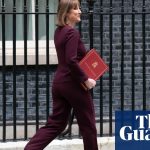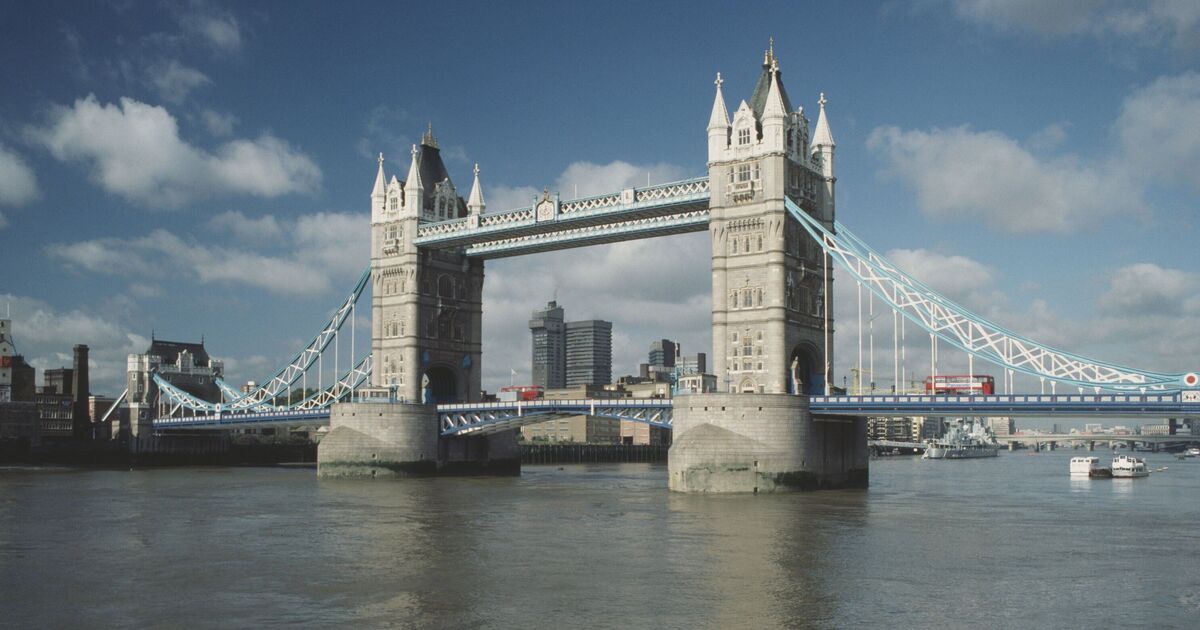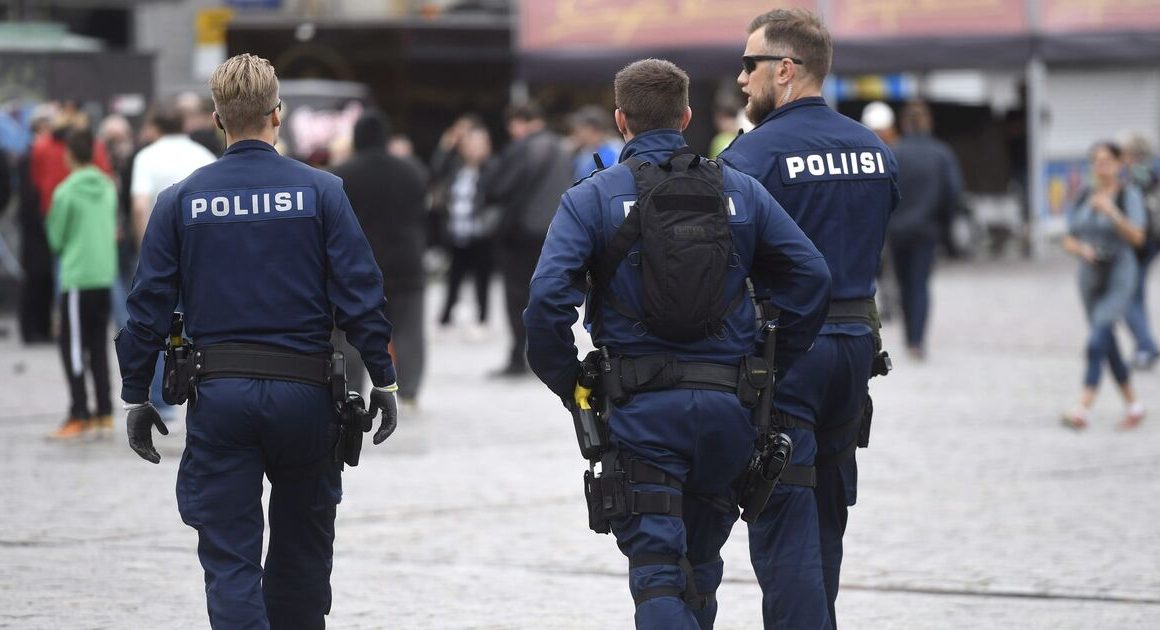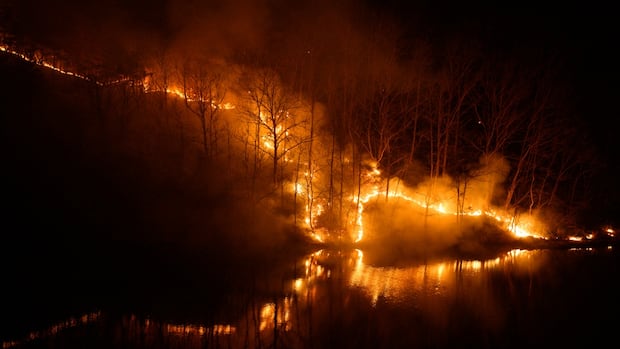It’s a perennial problem, common to all Londoners that has become so well established that few bother to ask why it is so.
For anybody who has got stuck on the M25 queuing for the Queen Elizabeth Bridge or has been sat in gridlocked traffic in the Blackwell tunnel, it is an issue subconsciously factored in to any journey over the river Thames.
But one cartography enthusiast has explained the real reason that there are no bridges in east London.
Jay Foreman, who makes educational YouTube videos has explained why there are so many bridges over the Thames in west London, but none east of Tower Bridge until you reach the Queen Elizabeth Bridge in Dartford, Kent.
Foreman said: “Greater London effectively operates like a Pacman, with a wide gap between these isolated communities (in east London).”
The reasons, whilst surprising, are understandable once explained.
Foreman says that geography is a key reason. The river to the west of Tower bridge is “narrow and squiggly” making bridge building relatively easy.
He said: “There is a reason that the Romans decided to build London Bridge where they did – specifically because it was the widest place that they could build.”
Secondly, London owes its location due to the benefits of having a city near a large river, which made the transportation and importation of goods and products in and out of the country so easy.
Thus, shipping is responsible for the lack of bridges.
Foreman said: “In the late 19th century, London was the biggest shipping port in the world.
“The only bridge in east-ish London is Tower Bridge which was an incredible feat of construction.
According to Foreman, any bridge to the out east would need to be bigger due to the size of the river and more complicated to allow shipping to continue, thus making any future projects economically non-viable.
The third reason is perhaps the most surprising but understandable of them all. The lack of bridges in east London stems from the lack of demand.
Storeman said: “Historically, east London has always been poorer and more sparsely populated than west London.
“With no rich people to pay tolls and no important people to complain, not only was it more effort to build crossings here, but it also wasn’t worth the effort.
The beginning of the twentieth century saw some work taken to bridge the gap, with road tunnels built at Blackwell and Rotherhithe.
But the two world wars saw funds redirected and spent, leaving east London largely bridgeless.












